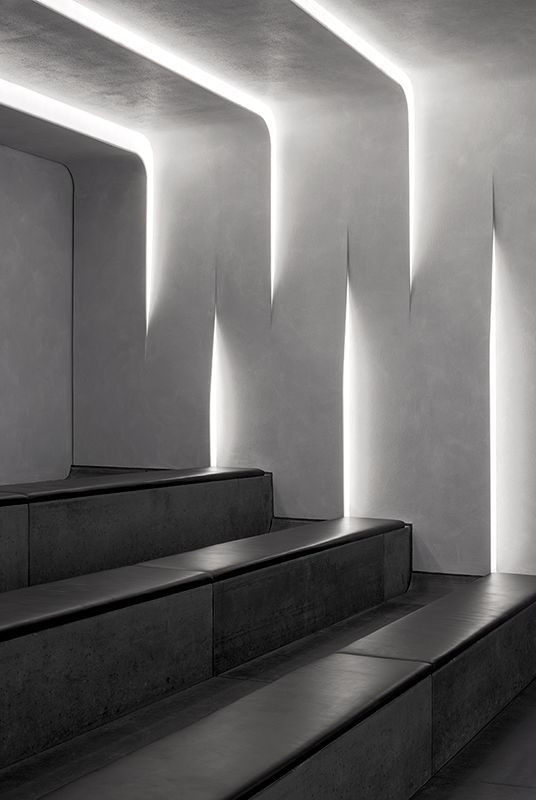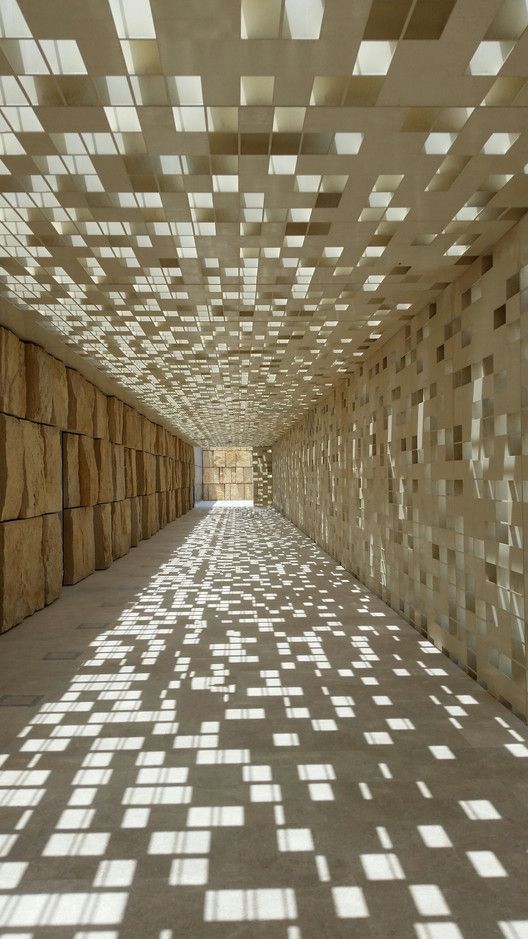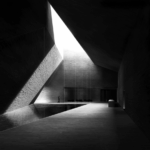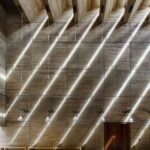
Architectural lighting is a vital aspect of any building design, aiming to illuminate a space in a way that enhances its aesthetics, functionality, and mood. The strategic placement of lighting fixtures can highlight architectural features, create different atmospheres, and promote better navigation through the space. It plays a critical role in showcasing the unique design elements of a structure, bringing attention to specific areas, and creating a sense of drama. Architects often work closely with lighting designers to integrate lighting solutions that complement the overall design scheme and achieve the desired effect. Different types of lighting, such as ambient, task, and accent lighting, are utilized to meet the specific needs of a space and to create a cohesive and visually appealing environment. Architectural lighting not only serves a practical purpose but also contributes to the overall experience and perception of a space, making it an essential element in the field of architecture and design.
Architectural lighting plays a crucial role in enhancing the aesthetic appeal and functionality of buildings and outdoor spaces. It is not just about illuminating a space, but also about creating a certain ambiance, highlighting architectural features, and ensuring the safety and security of the inhabitants. From highlighting the intricate details of a historic building to accentuating the modern design elements of a contemporary structure, architectural lighting can transform the way we perceive and experience a space.
One of the key aspects of architectural lighting is the use of different lighting techniques and fixtures to achieve the desired effect. Spotlights, floodlights, strip lights, and LED lights are just some of the many options available to designers and architects to create unique lighting installations. By carefully planning and positioning these lights, they can draw attention to focal points, create depth and dimension, and establish mood and atmosphere in a space. The use of color temperature, intensity, and control systems also play a significant role in shaping the overall lighting design.
In addition to enhancing the visual appeal of buildings, architectural lighting also has practical benefits. It can improve safety by illuminating pathways, stairs, and entrances, making it easier for people to navigate and move around a space. It can also act as a deterrent to crime and vandalism, by ensuring that outdoor areas are well-lit and secure. Furthermore, architectural lighting can help reduce energy consumption and costs by using energy-efficient fixtures and technologies, such as LEDs and sensors, to optimize lighting levels and reduce unnecessary usage. In this way, architectural lighting not only beautifies our surroundings but also contributes to sustainability and efficiency in the built environment.
 Decor ideas Style Starts Here
Decor ideas Style Starts Here








